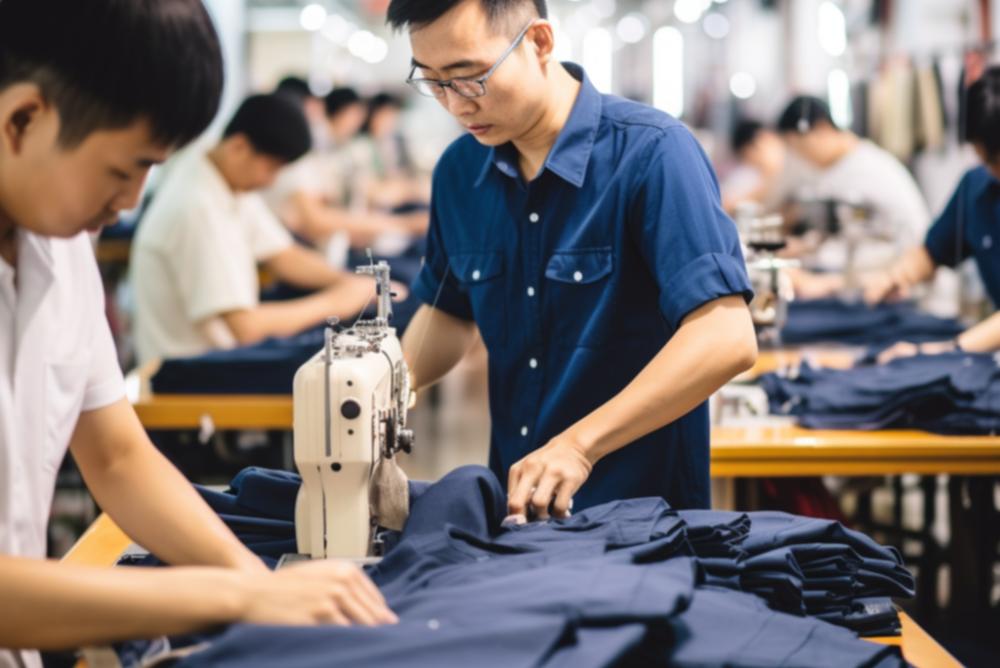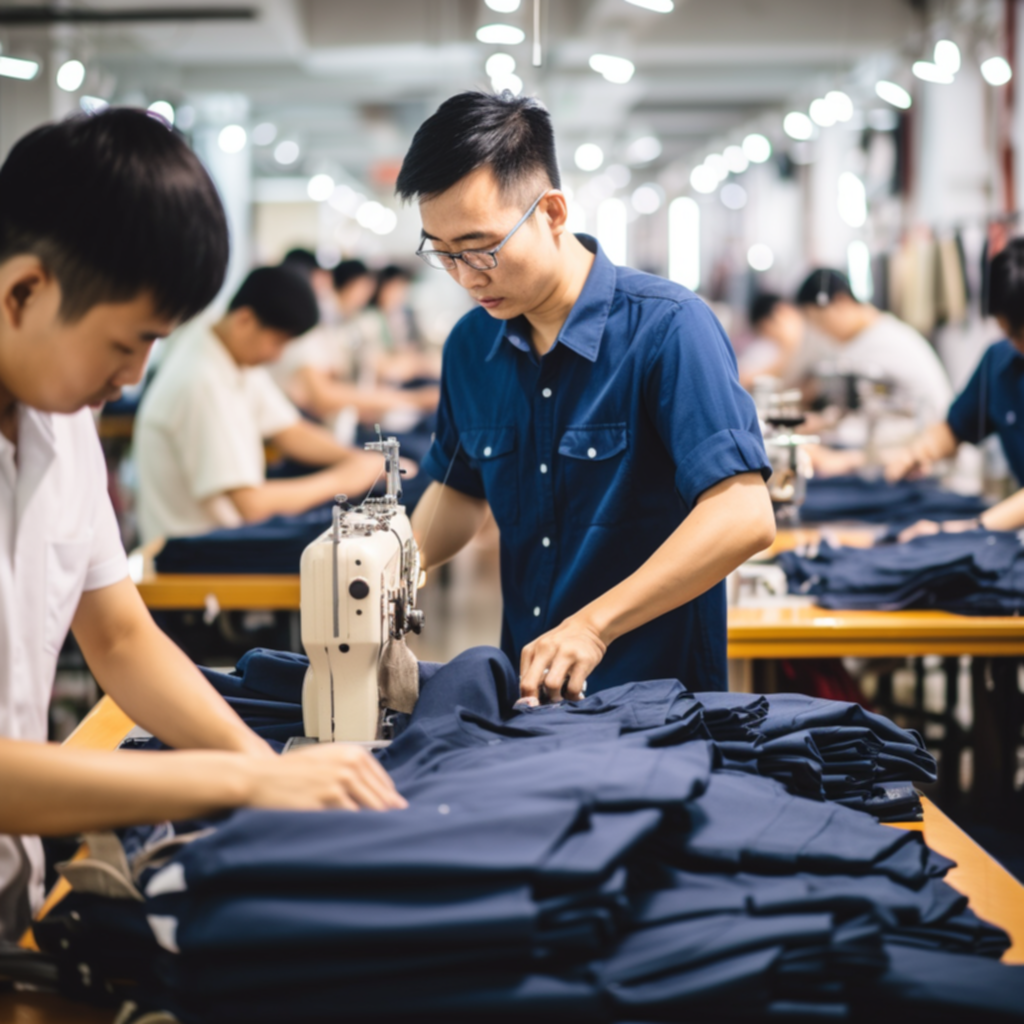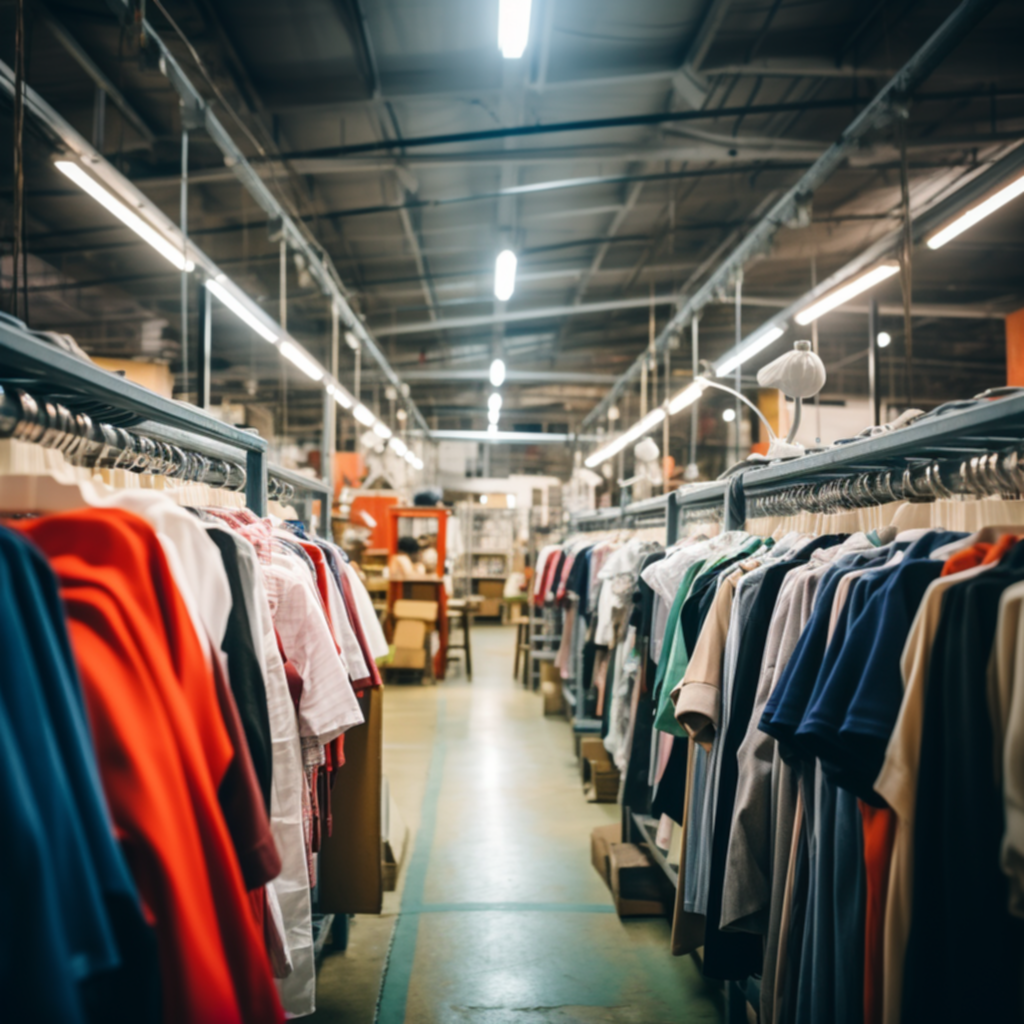Understanding the Differences: Clothing Manufacturers, Distributors, and Suppliers


The fashion and clothing industry is a multi-billion dollar industry
that spans the globe. At the core of this industry are the people who
design, manufacture, distribute, and sell clothing. Each of these roles
plays a vital part in the supply chain, ensuring that the products reach
the hands of the consumers. However, for those new to the industry or
considering starting a clothing business, the roles and responsibilities
of these key players might seem confusing.
In this article, we
will discuss the main differences between clothing manufacturers,
distributors, and suppliers. These entities have distinct functions and
operate on different scales, impacting their pricing, relationships with
retailers, and interactions with customers. Understanding these
differences is essential for those considering entering the clothing
business or for those looking to establish new partnerships within the
industry.
Let's dive into the intricacies of the clothing supply
chain and explore the unique roles that manufacturers, distributors, and
suppliers play in this dynamic industry.
Understanding the Clothing Supply Chain
Role of Manufacturers
Manufacturers
are the entities responsible for producing the physical clothing items.
They take raw materials, such as fabrics, threads, and accessories, and
transform them into finished products through processes like cutting,
sewing, and assembling. Manufacturers operate on various scales, from
small workshops to large factories, and may specialize in certain types
of clothing (e.g., sportswear, formal wear, etc.).
Key Points:
- Production of clothing items from raw materials
- Operate on various scales and may specialize in certain types of clothing
- Work with designs provided by brands or designers
Role of Distributors
Distributors
act as intermediaries between manufacturers and retailers. They buy
bulk quantities of clothing from manufacturers and then distribute them
to various retail outlets. Distributors typically handle tasks such as
inventory management, transportation, and logistics. They may also
provide marketing and promotional support to retailers. Distributors
work on a larger scale compared to suppliers and often have exclusive
relationships with specific manufacturers.
Key Points:
- Buy bulk quantities of clothing from manufacturers
- Distribute clothing to retail outlets
- Handle inventory management, transportation, and logistics
- May provide marketing and promotional support
Role of Suppliers
Suppliers
are similar to distributors in that they provide clothing to retailers.
However, the term "supplier" is often used more broadly to refer to any
entity that supplies goods or services within the supply chain. This
could include fabric suppliers, trim suppliers, or even manufacturers
who sell directly to retailers. Suppliers typically operate on a smaller
scale than distributors and may offer a more personalized approach.
Key Points:
- Provide goods or services within the supply chain
- May include fabric suppliers, trim suppliers, or manufacturers selling directly to retailers
- Operate on a smaller scale than distributors
- Often offer a more personalized approach
The
clothing supply chain is a complex system with many moving parts.
Manufacturers, distributors, and suppliers each play a unique role in
ensuring that clothing items reach the hands of consumers. Understanding
their functions and differences is crucial for making informed
decisions in the clothing business.
Key Differences between Manufacturers, Distributors, and Suppliers
Scale and Operations
Manufacturers
are typically involved in large-scale operations, producing clothing
items in bulk quantities. They often have access to advanced machinery
and equipment and can produce large volumes of clothing within a short
time. Manufacturers can be further categorized into two types: Original
Equipment Manufacturers (OEM) and Original Design Manufacturers (ODM).
OEMs produce clothing based on the designs provided by brands, while
ODMs create their designs and offer them to brands.
Distributors
operate on a larger scale than suppliers and often have exclusive
relationships with specific manufacturers. They handle the bulk
distribution of clothing items to various retail outlets, managing tasks
like inventory, transportation, and logistics. Distributors play a
crucial role in the supply chain, as they help to bridge the gap between
manufacturers and retailers.
Suppliers, on the other hand,
operate on a smaller scale compared to distributors. They may include
fabric suppliers, trim suppliers, or even manufacturers selling directly
to retailers. Suppliers often offer a more personalized approach,
catering to the specific needs of retailers or designers.
Pricing and Profit Margins
Manufacturers
typically have lower profit margins than distributors or suppliers.
They sell clothing items in bulk at wholesale prices, which are lower
than retail prices. However, due to the large volumes of production,
manufacturers can still achieve substantial profits.
Distributors
purchase clothing items from manufacturers at wholesale prices and then
sell them to retailers at slightly higher prices. Distributors' profit
margins come from the difference between the wholesale and retail
prices. They may also earn additional income through marketing and
promotional support provided to retailers.
Suppliers may have
higher profit margins than manufacturers or distributors, as they often
operate on a smaller scale and offer a more personalized approach. They
can charge higher prices for their specialized services and may have
exclusive relationships with specific retailers or designers.
Relationships and Interactions with Retailers and Customers
Manufacturers
often have limited direct interactions with retailers or customers, as
they focus on production. Their primary relationships are with
distributors or large retail chains that purchase their products in
bulk.
Distributors act as intermediaries between manufacturers
and retailers. They have strong relationships with both parties and play
a vital role in ensuring a smooth flow of products from production to
retail. Distributors may also provide marketing and promotional support
to retailers, helping to increase sales.
Suppliers, due to their
smaller scale and personalized approach, often have closer relationships
with retailers or designers. They may work directly with designers to
source specific fabrics or trims, or collaborate with retailers to
create exclusive clothing lines.
In summary, manufacturers,
distributors, and suppliers each have distinct roles and operations
within the clothing supply chain. Understanding their differences in
scale, pricing, and relationships with retailers and customers is
essential for making informed decisions in the clothing business.
How to Choose the Right Partner for Your Clothing Business
Selecting
the right partner for your clothing business is crucial for success.
Whether you're looking for a manufacturer, distributor, or supplier, you
need to consider several factors to ensure a successful collaboration.
Here are some tips to help you make an informed decision:
1. Assessing Your Needs
Before
you start searching for potential partners, evaluate your business
needs. Do you need large-scale production, or are you looking for
smaller, more personalized services? Consider the types of clothing you
want to produce, the quantities required, and any specific materials or
trims needed. Understanding your needs will help you narrow down your
options and identify the right partner.
2. Evaluating Their Expertise and Track Record
Research
potential partners and evaluate their expertise and track record. Look
for partners with experience in your specific niche or industry. For
example, if you're launching a sportswear brand, you may want to work
with a manufacturer specializing in activewear. Check their client
reviews, ratings, and testimonials to gauge their reputation and
reliability.
3. Negotiating Terms
Once you've
identified potential partners, reach out to them and discuss the terms
of the partnership. Consider factors such as pricing, payment terms,
lead times, and minimum order quantities. Be sure to ask about any
additional services they offer, such as packaging, labeling, or
marketing support. Negotiate terms that align with your business needs
and budget.
4. Visiting Facilities
If possible, visit
the facilities of potential partners to get a first-hand look at their
operations. This will allow you to assess their capacity, equipment, and
working conditions. Ensure that they follow ethical practices, comply
with industry standards, and provide a safe working environment for
their employees.
5. Building Strong Relationships
Building
strong relationships with your partners is essential for long-term
success. Maintain open and transparent communication, address any issues
or concerns promptly, and work together to achieve mutual goals.
Remember, a successful partnership is a two-way street, and both parties
need to invest time and effort to make it work.





-500x500.jpg)
-500x500.jpg)
-500x500.jpg)
-500x500.jpg)
-500x500.jpg)